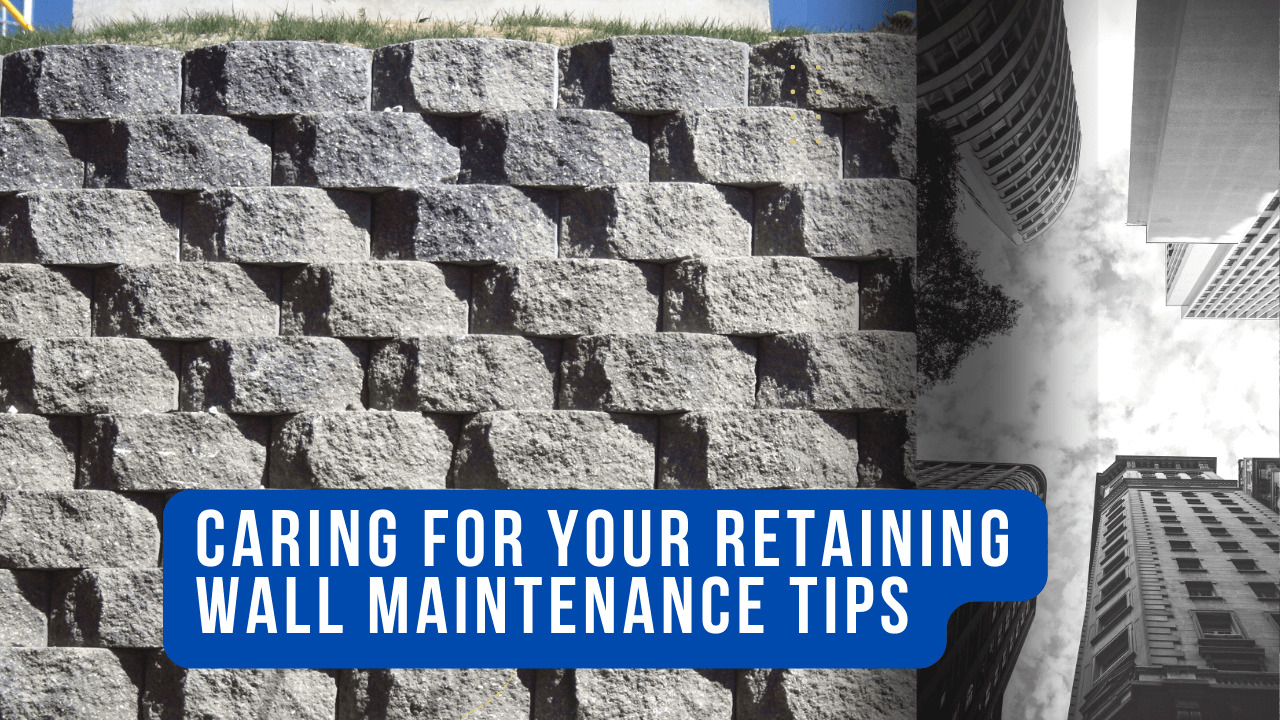Retaining walls is a great way to bring structure and order to your garden or landscaping project, but it’s essential to take care of them if you want them to last. Most homeowners think they can leave their retaining walls alone once installed, but that isn’t right. These structures require regular maintenance and care if you want them to last long.
If you have or are planning to install retaining walls on your property, you must keep up with the maintenance of these structures to avoid costly repairs or rebuilding down the road. To help you get started with caring for your retaining wall, below are three maintenance tips to keep in mind.
Table of Contents
1. Conduct Regular Inspections
Inspecting your retaining wall regularly is an integral part of keeping it looking new and in good shape. Regular inspection helps you spot problems before they get worse. For large retaining walls like those from Amber, an annual review is best.
For smaller ones, every six months or so should be fine. Be sure to check both sides of your retaining wall, as you may find problems lurking where you can’t see them from above.
For the best results, schedule annual inspections and maintenance visits from professional contractors who can give your wall a thorough look-over. During these inspections, professionals will check for signs of wear and tear or decay that may indicate a more severe problem with your retaining wall.
2. Remove Mold and Mildew
During heavy rains, rainwater can seep into cracks in your retaining wall. This water becomes trapped, providing an ideal breeding ground for mildew and mold. Mold and mildew aren’t only unattractive but can lead to long-term structural damage if left unchecked.
Regular inspection of your retaining wall will help ensure there’s no moisture accumulation. After heavy rain, you should check your retaining wall to ensure there’s no water build-up or apparent leaks.
To control the unwanted mold or mildew growth on your retaining wall, you’ll need to power-wash or use a mild bleach solution to remove all traces of these detrimental plagues. Rinse with clear water after treatment and let the wall dry thoroughly before replacing any trim pieces.
3. Fill in the Eroded Areas
One of the most common problems retaining walls face is erosion. Erosion occurs over time; left unattended, it can erode your foundation and cause water damage in areas you didn’t even realize needed extra protection.
If your retaining wall has rotted areas and needs to be repaired, you’ll want to fill them in with concrete. Ensure you add a good deal of aggregate to help stabilize it.
To prevent erosion in your retaining wall, it’s a good idea to keep an eye on it and make sure no pieces are broken or missing. Corrosion can be caused by ice damage, animal digging, and physical weathering.
For example, if you have a retaining wall made of natural stone or brick, cracks may appear when a rock is too heavy or changes shape due to temperature fluctuations.
Endnote
A retaining wall has many functions, including providing privacy, preventing soil erosion, and creating attractive borders for your property. With years of exposure to weather and natural elements, even the sturdiest retaining wall can start to look worn out and in need of repair.
Fortunately, with some basic maintenance steps and precautions, you can keep your beautiful stone retaining wall looking as good as new without spending lots of money or time.






